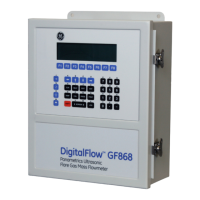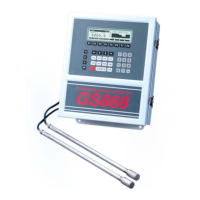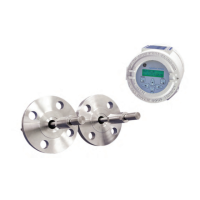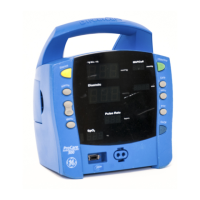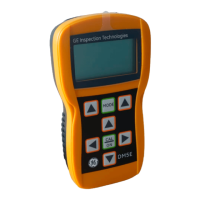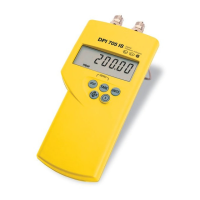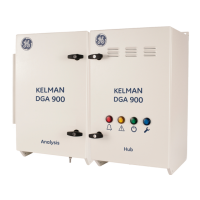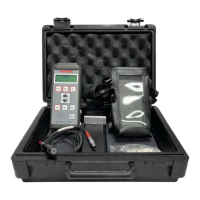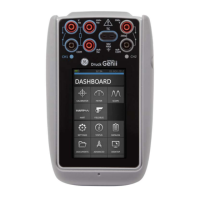Serial Communications 6-9
March 2008
Setting Up a MODBUS/
TCP Connection
A modified DF868 can use the MODBUS/TCP interface to
communicate with an internal network. An optional MODBUS/TCP
card with a unique MAC (IP) address (installed only in slots 5 or 6)
includes an RJ45 connector. To connect the MODBUS/TCP-enabled
DF868 to the network, insert the jack of an RJ45 cable into the RJ45
connector, route the cable through the bottom of the DF868, and wire
the other end of the cable to the LAN according to the manufacturer’s
instructions.
To establish MODBUS/TCP communications with the DF868, you
must install the
Ruiping software utility (available with your modified
DF868) on a PC connected to the LAN. Once installed and running,
the software displays all Ethernet devices currently connected to the
subnet. You can identify the DF868 by its MAC address, supplied as
part of customer documentation. The default TCP Port is 502.
The default IP addressing for the DF868 is DHCP (dynamic). If you
need to assign a static IP address to the DF868, complete the
following steps:
IMPORTANT: To assign a static IP address, the DF868 must be
connected to an Ethernet network with a dynamic
address assignment mechanism (DHCP) first.
1. Run
Ruiping software, and identify the DF868’s current IP address.
Note: “Ruiping-e” will return the found IP address as well as the
MAC address.
2. From a DOS command prompt, type:
telnet “ip address” 10000
3. The “Welcome to Net+Works Configuration Utility” opens. Type in
the login name and password.
a.
Login: type root.
b.
Password: type Netsilicon.
4. In the Main Menu:
a. Select
IP Parameters (1). Enter the desired IP changes and return
to the Main Menu.
b. Select
Enable DHCP Client (3). Select N (2) to disable, then select
4 for Main Menu.
c. At the Main Menu, select 4 for
Quit. Power cycle the DF868
(i.e., turn the meter off and on) to apply the changes.
